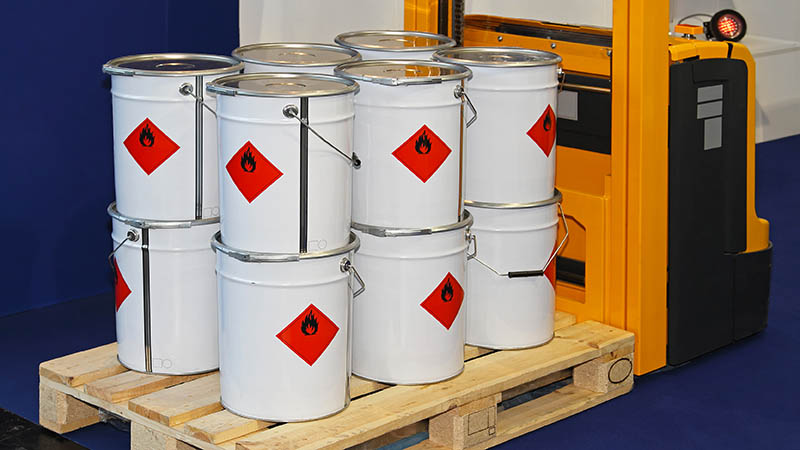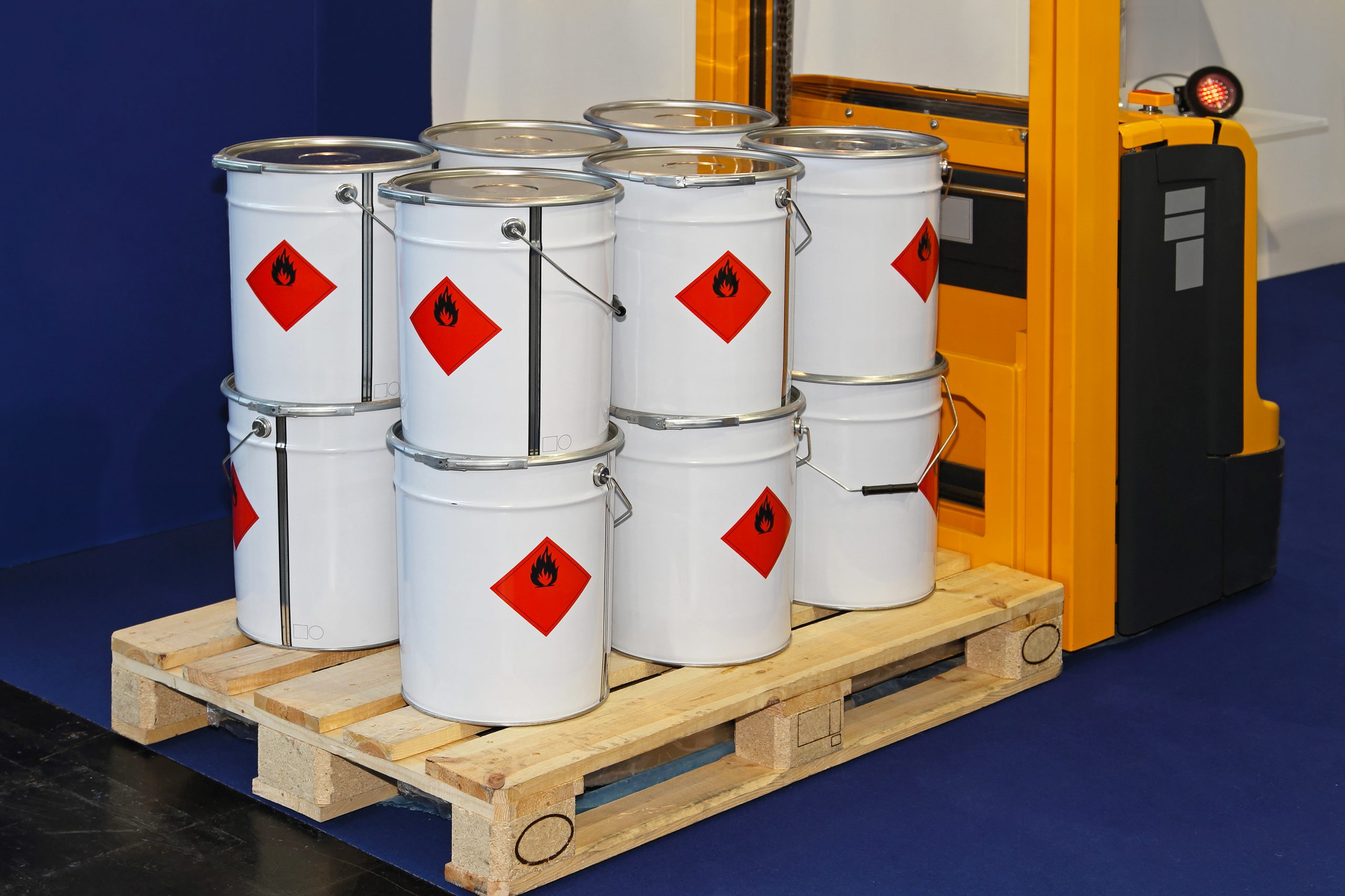The 5 keys to ensuring safety in dangerous goods transport
Dangerous goods transport is an activity that requires special care and attention due to the risks it poses to human health, safety and the environment. In this article, we will introduce you to the 5 fundamental keys to ensure the safe and efficient transport of dangerous goods: from compliance with international regulations to the use of approved packaging and correct documentation, as well as everything you need to know to protect health, safety and the environment during the transport of dangerous goods.

1. Knows and complies with international regulations
Dangerous goods transport is subject to strict international regulations, such as ADR, IMDG, IATA/ICAO and RID. These agreements establish classification criteria, packaging requirements, marking and labelling, necessary documentation, personnel training and loading and unloading procedures. Make sure you know and comply with these regulations to ensure safety at all times.
2. Uses approved packaging

Due to the hazardous nature of these loads, it is crucial to use suitable and approved containers and packaging. These packages have undergone specific tests and trials to ensure their strength and safety. Complying with approved packaging standards is essential to protect people and the environment during the transport of dangerous goods.
3. Adequate and complete documentation
Each transport of dangerous goods must be accompanied by a consignment note which includes detailed information on the cargo, those involved in the transport and the vehicle registration number. This documentation is essential and its absence can constitute a serious offence. Make sure you have proper and complete documentation for each shipment.
4. Performs regulatory checks
When loading and unloading dangerous goods, it is important to carry out regulatory checks to verify that all safety requirements are met. This includes checking documentation, equipment and vehicles used. Pay attention to detail and make sure that everything is in order before you start or finish the transport.
5. Appropriate marking of vehicles
Vehicles transporting dangerous goods must be adequately marked with orange statutory plates. These plates inform other drivers and persons of the dangerous cargo being carried. In addition, tank vehicles must carry numbered orange placards indicating the hazard identification number and the UN number of the goods being transported. Make sure vehicles are properly placarded to warn others of the dangerous cargo.

In conclusion, ensuring the safe transport of dangerous goods is essential to protect health, safety and the environment. Complying with international regulations, using approved containers and packaging, having the proper documentation, carrying out regulatory checks and ensuring proper vehicle markings are key to safe transport. Make sure you follow these keys and adopt best practices in the transport of dangerous goods to avoid incidents and protect everyone involved in the process.
How to comply with the regulations for the transport of dangerous goods?
At ITENE we help you comply with legal requirements and preserve the safety of your workers, clients and users while transporting dangerous goods. We provide the following services:
- Safety Advisor Service.
- Advice service for the company’s Internal Advisor.
- ADR / RID / IMDG / IATA training.
- Protection Plan for High-Risk Dangerous Goods (MPAR).
- Preparation of Transport Documentation: consignment notes and multimodal maritime and air transport declarations.
- Updating of Documentary Management Systems (Manual, Procedures, Records) in the field of dangerous goods, to comply with the applicable regulations.
-
Shall we talk?
Noelia Martín
Project manager Safety and Dangerous Goods

